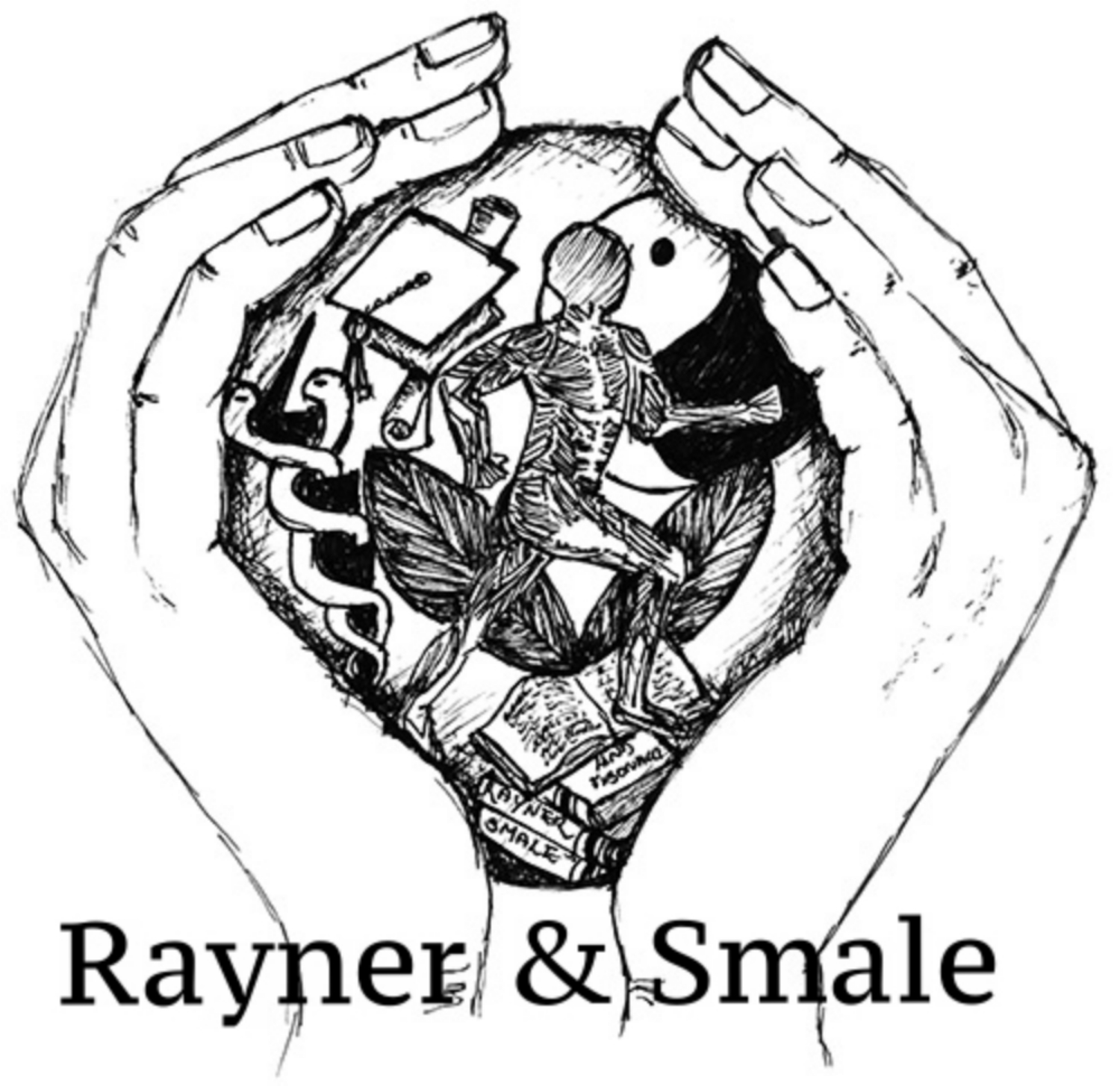I recently completed a fantastic online course through Clinical Edge. David Pope and Tom Goom have teamed up to produce one of the best online courses I have taken in Physiotherapy. Many injuries of the lower limb take several months of recovery to successfully return to running, simply because running is an activity that involves 4-8 x body weight load. This course takes you through each stage of rehabilitation and teaches you the requirements for successful return to running.
The course is incredibly practical and deeply researched. It is focussed on the foundations of assessment, patient communication, explanation of pain, stages of rehabilitation and then ends with running itself. While Tom focuses on information provided in the literature around running, what he teachings can be transferred to most areas of physiotherapy. So you can actually take 80-90% of the core content and apply it to patient care regardless of whether they want to run again or not. This is one of the most attractive elements of the course. Tom teaches us to be better clinicians through running, but makes the information applicable and transferable to all areas of musculoskeletal physiotherapy.
There are the key recurrent themes tied into each learning area:
Communication
Assessment - general physiotherapy assessment, demonstrations of key tests and specific details for each pathology and how it relates to running
Load management as an overall principle and how it differs based on pathology (patella tendinopathy, proximal hamstring tendinopathy, bone stress injuries, plantar fasciopathy and more)
Strength and conditioning of the lower limb - which is specific to running as the end-stage functional goal, but I am sure can be applied to most return-to-sport programs.
Return to running strategies, patient education and self-management
Recovery and rest as a purposeful part of training and not just an afterthought.
I really enjoyed module 4 which covers strength and conditioning for running. So many people don’t realize how much strength and flexibility is required to run well, nor do they see how strength and conditioning can help with their running. Tom also spends time discussing the evidence available for each clinical test and provides a strong rationale for exercise selection. This has helped me consolidate my thinking about how to choose the best individualized program for each patient
Personally I have found that single leg balance is a crucial foundation for recovery and it was encouraging to see that Tom Goom highlighted this too.
One of the biggest challenges in treating someone with a biopsychosocial approach is really understanding what each individual believes and where those beliefs come from. Doing this in a positive manner that encourages communication and understanding is a delicate balance between listening, clarifying and delivery of accurate information. Tom works really hard to provide the learner with information that they can provide to their patients to answer questions and build confidence. It is clear that he is an incredibly experienced and thoughtful practitioner and he provides numerous examples of how to present a piece of information in a safe and non confronting way. What I appreciate is that it is evidence based but also addresses ways in which we can drive fear through the wrong delivery of information, rather than promote confidence and safe training. The examples provided show the listener how to communicate with patients in a constructive and positive way that builds resilience and self-confidence.
Don’t promote fear
Don’t suggest hurt = harm. Pain is a sign of sensitivity not damage
Don’t promote a negative outlook on recovery
Promote positivity
Promote resilience and self-management
Promote normal activity and movement and the value in it
Address the patient’s concerns
I can’t begin to quantify how many hours of work Tom and David must have invested in producing this program and I am really excited to have learnt from this specialist running therapist and expert clinician, and easy can say this is the best running resource I have come across.
Thanks Tom Goom and David Pope for their hard work. I hope this blog encourages others to check out this fantastic resource.
Sian :)

